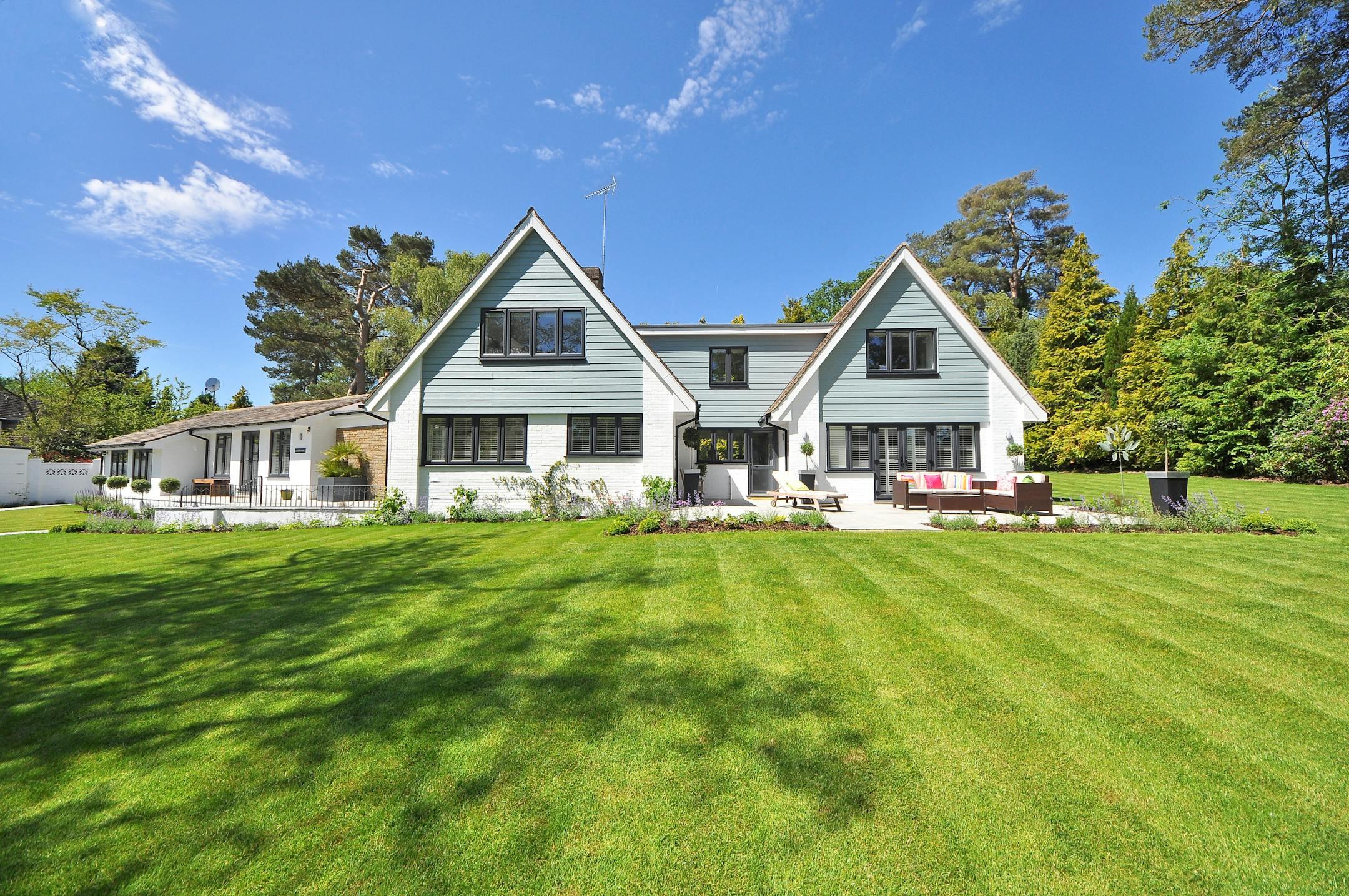When you look out at your yard in Lima, OH, does it feel… dull? Like everything is on one plane, no depth, no drama, no visual interest? A lot of properties do. The truth is, good landscaping Lima OH isn’t about adding more—it’s about shaping what’s already there. With the right design, materials, and mindset, you can turn that flat yard into something layered, interesting, and beautiful.
Here’s what causes that flat look—and how landscaping fixes it.
What Makes Yards Look Flat
- Even Terrain & Poor Grading
Many newer houses in Lima are built on level lots. That’s easy for builders—but it often means water doesn’t drain well, and nothing ever catches your eye. When your land is just one gentle slope or totally flat, the eye has nowhere to rest. - Lack of Vertical Elements
If you’ve only got a lawn, maybe a row of shrubs, and no trees, walls, raised beds, or hardscape, everything feels compressed into a single dimension. Without contrasting heights—plants, structures, walls—you lose depth. - Uniform Planting
Same size shrubs, same color across beds, repeated plants without variation. That repetition creates a monotonous view. Without variation in foliage, bloom times, texture, and scale, your landscape doesn’t “pop.” - No Focal Points
You walk out of the house and… nothing catches your eye. No pathway, no feature, nothing to draw you in. That contributes to the flatness: your eye wanders, there's no anchor. - Hardscape / Planting Boundaries Too Soft or Missing
Without clearly defined edges—say flower beds, retaining walls, patios—the transition between lawn, planting beds, and structure is fuzzy. That lack of definition makes everything bleed into everything else.
How Landscaping Fixes Flatness
To transition from flat and bland to rich, layered, interesting, here’s what landscaping in Lima, OH can do. These are services our clients tend to see transform their yards significantly.
1. Grading, Terracing, and Retaining Walls
- Re‑grade land slightly to introduce gentle slopes, swales, or berms. Even small changes of a few inches can add depth.
- Use retaining walls not just for slope control, but as visual features. Natural stone, brick pavers, or masonry walls can define levels, create planting shelves, and cast shadows.
2. Hardscapes & Patios
- Patios, brick pavements, stone walkways interrupt flat lawn and add texture. A curved patio or pathway gives movement.
- Brick pavers, stone or flagstone add variation in color and pattern, breaking monotony.
- Fire pits or seating walls become focal points—places to gather and visual anchors for the yard.
3. Layered Planting
- Introduce plants of different heights: ground covers, medium shrubs, tall trees. This layers the visual field.
- Use varying textures: broad leaves vs fine foliage, evergreen vs deciduous, seasonal blooms.
- Stagger plants, use groupings, allow for “negative space” so the eye moves between elements instead of bouncing off many small cluttered ones.
4. Vertical & Structural Elements
- Incorporate pergolas, arbors, fencing, trellises, or even sculptural elements. These add height.
- Trees: a well‑placed tree adds scale. It gives shade, shadow, and frames views.
5. Define Edges & Zones
- Edging between patio/paths/plant beds and lawn keeps things clean and emphasizes form.
- Use retaining walls or planting beds to shift your yard into zones: entertainment, garden bed, lawn, etc. Zoning helps avoid the “all‑lawn” flat look.
6. Lighting & Materials
- Proper lighting (uplighting trees, lighting patios, paths) introduces depth especially at dusk. Shadows become part of the show.
- Material choices matter: brick, natural stone, pavers with texture, color variation—all give richness.
Why Hardscapes, New Planting, Retaining Walls, Fire Pits, & Brick Pavers Matter
These are not just add‑ons. They are structural. They give shape. In Lima, OH, where many homes have large, level yards, these services let you sculpt, define, elevate what you already have.
- A paver patio creates a platform. That platform becomes a stage for views, furniture, fire pit.
- Retaining walls allow you to lift part of the yard or hold back soil to build berms. Berms are great for visual interest and planting depth.
- Fire pits become focal points, anchor locations for conversation and structure.
- Brick pavers introduce pattern and color that complement your lawn and home style.
What Makes Good Landscaping in Lima, OH—and What You Should Expect
Because Landscape Associates specializes in hardscapes and has strong technical (landscape architect) + horticultural background, we do more than typical yard dressing. Here’s what you want:
- A design that’s based on your home’s architecture and local Midwest styles. Not something imported that looks out of place.
- Proper drainage and grading first. If water pools or soil stratification is bad, plants and structures suffer.
- Long‑term understanding of plant care: how things grow in Lima weather, soil, sun exposure.
- Quality materials—stone, brick pavers, durable wood or metal for structures.
- Photos / gallery examples so you can see what similar homes look like after landscaping. Before & afters help you understand what’s possible.
Takeaway: Shape First, Add Second
Your yard will stop looking flat when you stop trying to fill every square foot and start thinking about shape, depth and structure. Good landscaping Lima OH practice means working with what you have—grades, sun, soil—and then introducing features (walls, patios, trees, layers) that sculpt the land. Once those structures are in place, then plants fill in, textures layer, light plays across forms.
Ready to see what your yard can become? Contact us at Landscape Associates for a consultation. We’ll assess your space, show photos of recent hardscape + planting + retaining wall work, and sketch how to bring depth into your yard with what’s already there.
